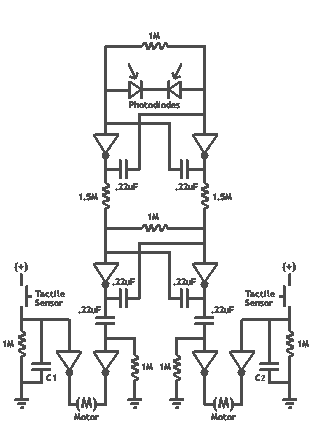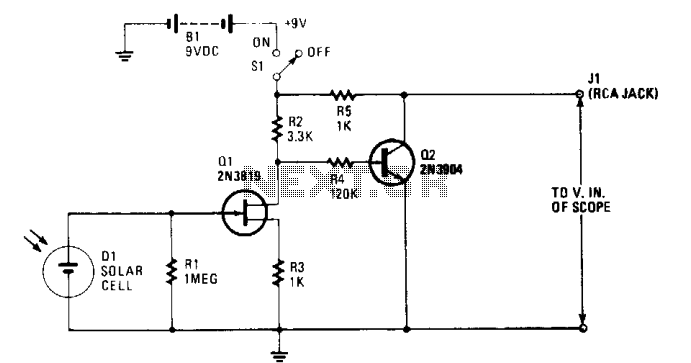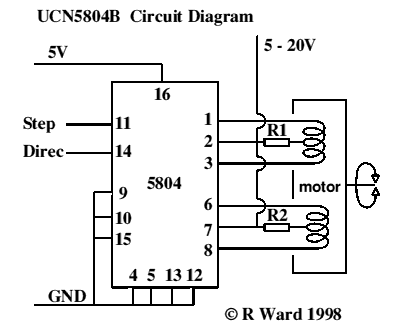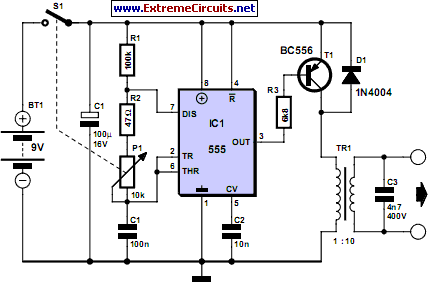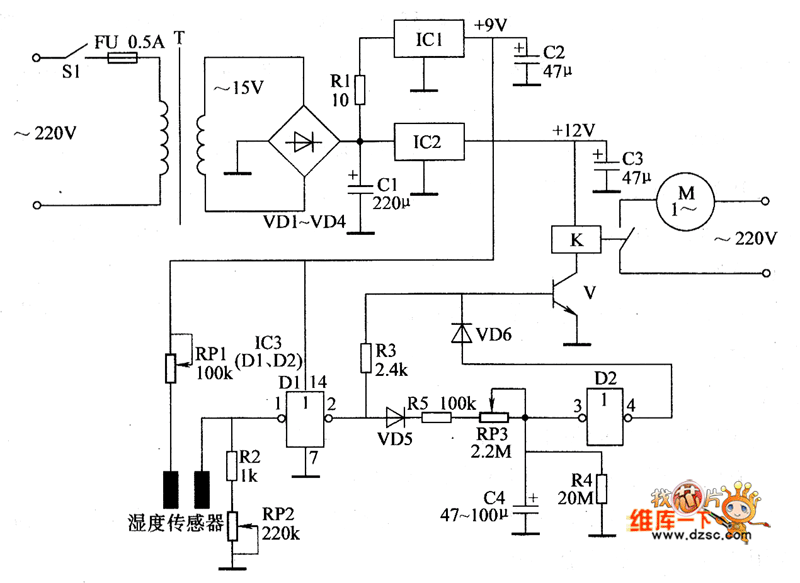
Speed Controller for brushed electric motors
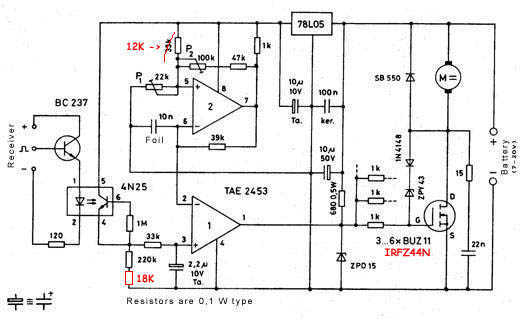
Like most other ESCs, this one is built up using N-channel Power MOSFETs because of their good characteristics (low DS resistance). Since this ESC has no reverse, it is not meant to be used in R/C cars or boats if reversed motor run is needed. It is more suitable for R/C airplanes. It has no BEC circuit therefore you must power the receiver and the servos from a different source. You can either use a separate battery pack or a standalone BEC (Battery Eliminator Circuit - I / II) for this purpose. The 4N25 opto-coupler used in the device electronically isolates the ESC from the Receiver thus eliminates possible radio interferences.
The electronic speed controller (ESC) described operates primarily with N-channel Power MOSFETs, which are selected for their low drain-source (DS) resistance, leading to improved efficiency and heat dissipation during operation. This ESC is designed specifically for applications in remote-controlled (R/C) airplanes, as it lacks a reverse function. Consequently, it is unsuitable for R/C cars or boats that require motor direction reversal.
The absence of a Battery Eliminator Circuit (BEC) necessitates external power sources for the receiver and servos. Users may opt for a dedicated battery pack or a standalone BEC, which can efficiently convert higher voltage battery supplies to the required lower voltage levels for powering the receiver and servos.
An integral component of this ESC is the 4N25 opto-coupler. This device plays a crucial role in providing electrical isolation between the control signals from the receiver and the power circuitry of the ESC. By isolating these two sections, the opto-coupler helps to mitigate radio frequency interference (RFI) that could affect the performance of the receiver and, by extension, the overall control of the R/C aircraft.
In summary, this ESC is tailored for specific applications in R/C aircraft, ensuring reliable operation without reverse functionality, while also providing necessary isolation to maintain signal integrity and prevent interference.Like most other ESCs, this one is built up using N-channel Power MOSFET`s because of their good characteristics (low DS resistance). Since this ESC has no reverse, it is not meant to be used in R/C cars or boats if reversed motor run is needed.
It is more suitable for R/C airplanes. It has no BEC circuit therefore you must power the receiver and the servos from a different source. You can either use a separate battery pack or a standalone BEC (Battery Eliminator Circuit - I / II) for this purpose. The 4N25 opto-coupler used in the device electronically isolates the ESC from the Receiver thus eliminates possible radio interferences
🔗 External reference
The electronic speed controller (ESC) described operates primarily with N-channel Power MOSFETs, which are selected for their low drain-source (DS) resistance, leading to improved efficiency and heat dissipation during operation. This ESC is designed specifically for applications in remote-controlled (R/C) airplanes, as it lacks a reverse function. Consequently, it is unsuitable for R/C cars or boats that require motor direction reversal.
The absence of a Battery Eliminator Circuit (BEC) necessitates external power sources for the receiver and servos. Users may opt for a dedicated battery pack or a standalone BEC, which can efficiently convert higher voltage battery supplies to the required lower voltage levels for powering the receiver and servos.
An integral component of this ESC is the 4N25 opto-coupler. This device plays a crucial role in providing electrical isolation between the control signals from the receiver and the power circuitry of the ESC. By isolating these two sections, the opto-coupler helps to mitigate radio frequency interference (RFI) that could affect the performance of the receiver and, by extension, the overall control of the R/C aircraft.
In summary, this ESC is tailored for specific applications in R/C aircraft, ensuring reliable operation without reverse functionality, while also providing necessary isolation to maintain signal integrity and prevent interference.Like most other ESCs, this one is built up using N-channel Power MOSFET`s because of their good characteristics (low DS resistance). Since this ESC has no reverse, it is not meant to be used in R/C cars or boats if reversed motor run is needed.
It is more suitable for R/C airplanes. It has no BEC circuit therefore you must power the receiver and the servos from a different source. You can either use a separate battery pack or a standalone BEC (Battery Eliminator Circuit - I / II) for this purpose. The 4N25 opto-coupler used in the device electronically isolates the ESC from the Receiver thus eliminates possible radio interferences
🔗 External reference
Warning: include(partials/cookie-banner.php): Failed to open stream: Permission denied in /var/www/html/nextgr/view-circuit.php on line 713
Warning: include(): Failed opening 'partials/cookie-banner.php' for inclusion (include_path='.:/usr/share/php') in /var/www/html/nextgr/view-circuit.php on line 713
